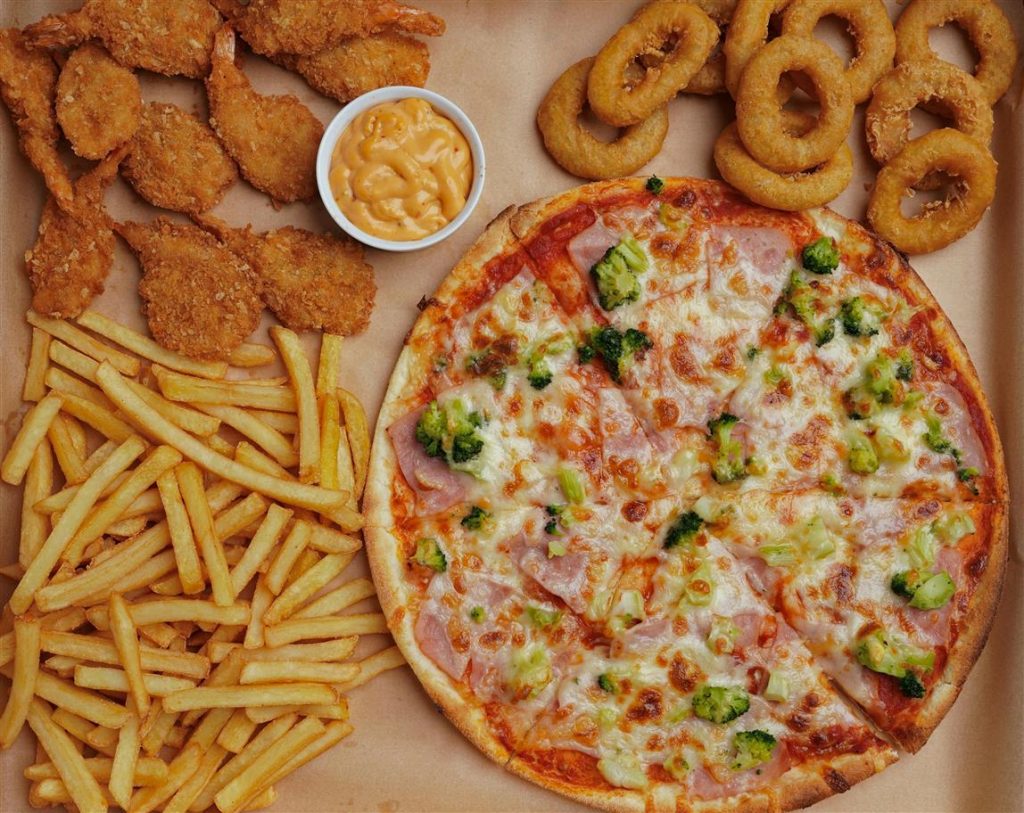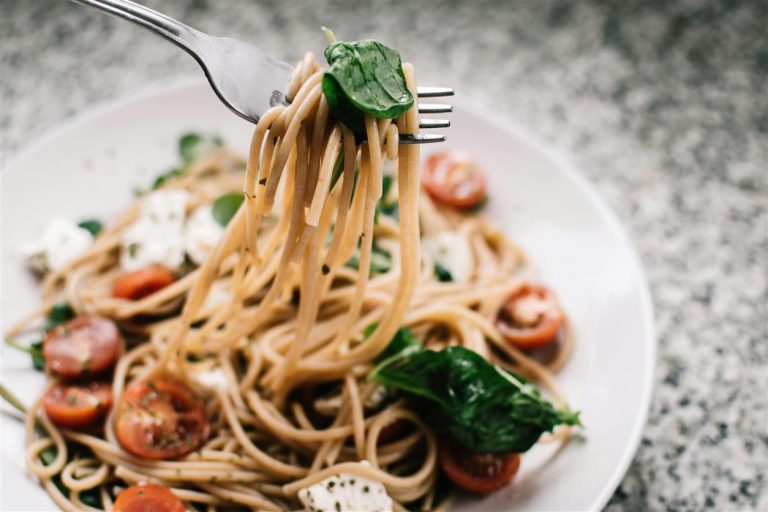
It’s a rainy Sunday afternoon. You’re curled up under a blanket, and suddenly the craving hits—mac and cheese, maybe your mom’s lasagna, or just a warm bowl of soup. It’s not about hunger, exactly. It’s something deeper, more emotional. This is comfort food doing what it does best.
But why do we turn to certain foods in moments of stress, sadness, or nostalgia? What is it about these meals—often carb-heavy, warm, or even “unhealthy” by modern standards—that feels like a balm for the soul?
As it turns out, comfort food isn’t just about taste. It taps into memory, emotion, and our most basic human need: to feel safe, connected, and soothed.
Let’s break it down.
What Exactly Is Comfort Food?
The term “comfort food” is subjective. For some, it’s a cheesy grilled sandwich and tomato soup. For others, it might be a rice dish from childhood, a local stew, or a slice of chocolate cake.
Despite the diversity, comfort foods often have a few things in common:
- They’re linked to positive memories or people (like family meals or holidays).
- They offer a sense of familiarity.
- They’re often rich, hearty, or indulgent—foods that satisfy in more ways than one.
This isn’t about nutrition labels. It’s about how a meal makes you feel.

The Emotional Brain Loves Familiar Flavors
Comfort food is deeply tied to emotion because eating is one of the first things we associate with care and love. As infants, being fed isn’t just about survival—it’s tied to being held, soothed, and nurtured. That connection between food and comfort is hardwired early on.
Later in life, we begin to build emotional associations with specific meals. A parent’s cooking, a celebratory dish, or something we always ate on sick days—these become embedded in our memories. When we eat them again, it’s almost like time-traveling emotionally.
In fact, studies show that comfort food activates parts of the brain linked to reward and memory—especially the hippocampus and amygdala, which deal with emotion and autobiographical memory.
Craving Comfort: What Triggers It?
We’re more likely to reach for comfort food in moments of:
- Stress or anxiety: The body is looking for ways to calm itself. High-fat, high-carb foods often lead to a temporary rise in serotonin or dopamine—feel-good neurotransmitters.
- Loneliness: A 2015 study published in Appetite found that people with strong social ties to family or friends were more likely to turn to comfort food when feeling lonely—it was like a stand-in for emotional closeness.
- Sadness or homesickness: Foods that remind us of childhood or “home” can provide emotional grounding.
- Boredom: When we’re understimulated, we may seek stimulation through food, especially those that feel emotionally “rewarding.”
So when you’re elbow-deep in a bowl of mashed potatoes after a rough day, you’re not weak. You’re human.
Comfort vs. Coping: There’s a Difference
It’s important to note that not all comfort food eating is bad or “emotional eating” in the negative sense. Seeking out something soothing during a tough time isn’t always problematic. In fact, it can be a form of self-care when done mindfully.
But when food becomes the only coping mechanism—or when guilt and shame follow—it’s worth examining the pattern more closely. Eating should comfort, not control.
Culture Shapes Comfort, Too
Comfort food isn’t universal. What feels soothing in Tokyo might feel foreign in Texas.
Cultural background, traditions, and even the seasons influence what we find comforting. For example:
- In colder climates, people may crave hearty stews or baked goods.
- In tropical areas, comfort might come from cooling, fragrant dishes.
- Certain religious or cultural holidays have traditional foods that become emotionally charged over time.
Food is a kind of cultural language—when we eat something from our roots, it reinforces identity, continuity, and connection.
The Ritual of It All
Sometimes, it’s not even the food itself, but the ritual around it. Making your grandmother’s soup recipe from scratch, or baking cookies you loved as a kid, isn’t just about flavor—it’s an act of emotional reconnection.
Cooking can serve as a grounding routine. Chopping, stirring, waiting. It puts you in your body. It slows things down. In a fast-paced world, that pause can feel like a reset button.
So… Should We Be Eating Comfort Food?
In a word: yes.
There’s nothing inherently wrong with eating for comfort. Food has always been a source of emotional support—across cultures, generations, and circumstances.
The key is balance. When comfort food becomes the only response to stress, it can mask deeper needs. But when it’s part of a larger toolkit—one that includes sleep, connection, movement, and expression—it can be a legitimate and even nourishing tool for well-being.
You don’t need to eliminate pasta or pie to be emotionally healthy. You just need to know why you’re reaching for it, and whether it’s serving the moment or avoiding it.

Final Bite: Food Is More Than Fuel
In health circles, there’s often pressure to see food purely as fuel—calories in, calories out. But food is also comfort, connection, and memory. Denying that emotional role doesn’t make it go away—it just makes us more confused about our cravings.
So next time you make that grilled cheese or heat up a bowl of pho, take a breath. Sit down. Savor it. You’re not just feeding your body—you’re feeding something far older and deeper.
And honestly? That matters, too.






